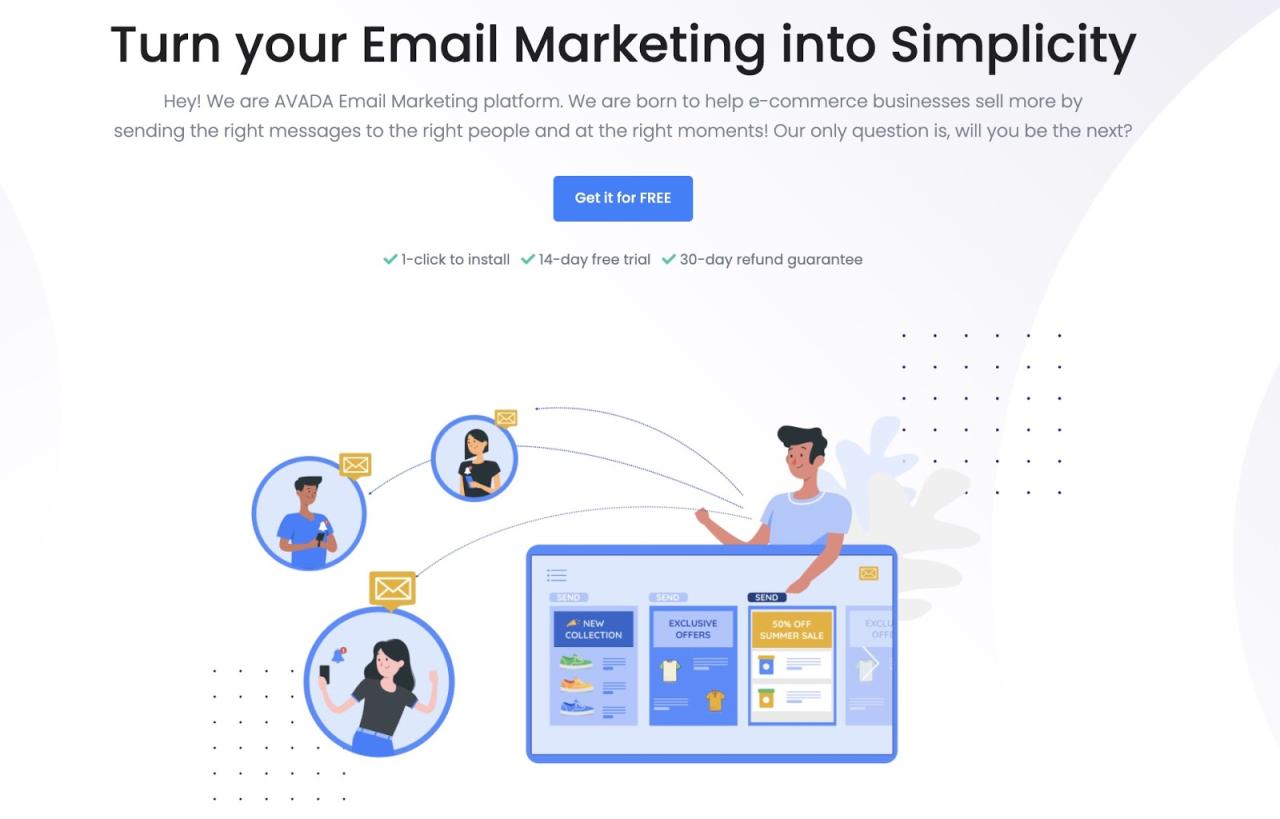Best CRM email integration streamlines communication, boosting sales and marketing efficiency. This guide explores various platforms, integration methods, and best practices to optimize your business operations. We’ll delve into the key features of superior integrations, considerations for selection, and the impact on sales and marketing performance. Understanding the nuances of different integration types, from native solutions to third-party apps, is crucial for making an informed decision.
This comprehensive overview will equip you with the knowledge to choose the right solution for your specific needs.
We will cover popular CRM platforms, comparing their email integration capabilities, pricing, and user reviews. We’ll also examine different integration methods (API, SMTP), provide step-by-step setup guides, and address potential challenges. Finally, we’ll discuss crucial security and data privacy considerations, and explore future trends in CRM email integration, including the impact of AI and machine learning.
Defining “Best” CRM Email Integration
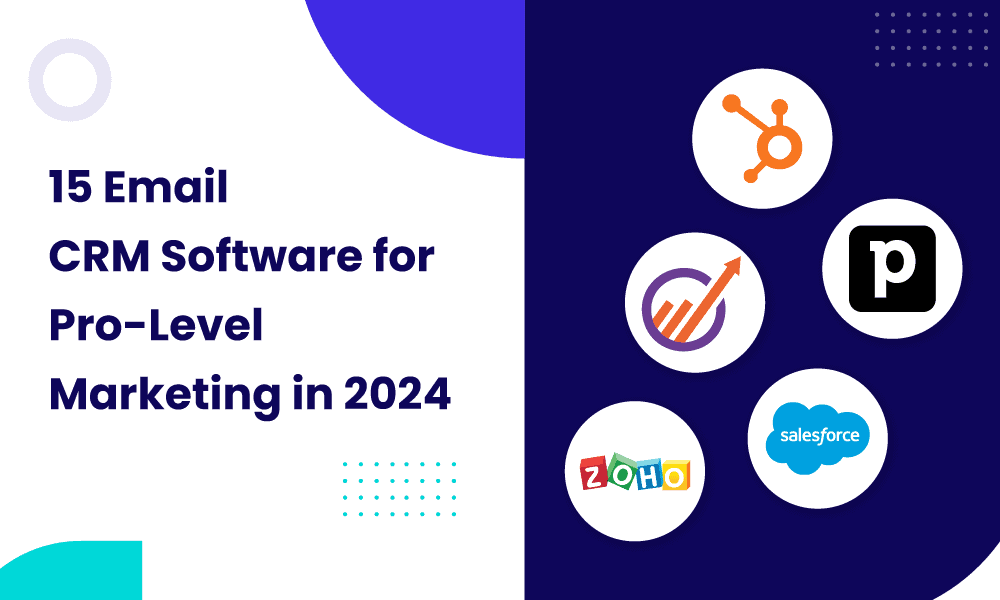
Choosing the right CRM email integration can significantly boost a business’s efficiency and productivity. A seamless integration streamlines communication, improves data management, and ultimately contributes to increased sales and better customer relationships. The “best” integration, however, depends heavily on individual business needs and priorities.The key features of a superior CRM email integration go beyond simply syncing emails. It’s about creating a unified platform where sales and marketing teams can effortlessly manage interactions, track progress, and access crucial customer data without switching between applications.
This improves workflow and reduces the risk of errors stemming from data discrepancies.
Key Features of Superior CRM Email Integrations
A truly effective CRM email integration should offer several crucial capabilities. These features work together to create a more efficient and streamlined workflow. These are not mutually exclusive and many high-quality integrations will offer a combination of these.
- Two-way synchronization: Emails and contacts are automatically updated across both the CRM and email client, ensuring data consistency. This eliminates manual data entry and the risk of inconsistencies.
- Email tracking and analytics: The system should track email opens, clicks, and replies, providing valuable insights into campaign performance and individual customer engagement. This data can inform future marketing strategies and personalize interactions.
- Automated workflows: Pre-defined rules trigger automated actions based on specific email events (e.g., sending a follow-up email after a specific time or upon receiving a reply). This automates repetitive tasks, freeing up time for more strategic activities.
- Email templates and personalization: The ability to create and use pre-designed email templates with personalized fields ensures consistent branding and targeted messaging. This enhances customer experience and improves campaign effectiveness.
- Centralized contact management: All email interactions are linked to the corresponding contact record in the CRM, providing a complete view of customer history and interactions. This facilitates better customer relationship management.
Types of CRM Email Integrations
Businesses have a choice between native integrations and third-party apps when integrating their CRM and email. Each option offers distinct advantages and disadvantages.
- Native Integrations: These are built directly into the CRM software. They often provide the most seamless integration and are usually well-supported by the CRM vendor. However, they may offer less flexibility and customization options compared to third-party solutions. Salesforce, for example, offers a native integration with Gmail and Outlook.
- Third-Party Apps: These are independent applications designed to connect CRMs and email platforms. They can offer broader compatibility with various CRMs and email providers, providing greater flexibility. However, they may require more setup and configuration, and their support might vary. Popular examples include HubSpot, Mailchimp, and Zapier.
Factors to Consider When Selecting an Email Integration
Choosing the right CRM email integration involves carefully considering several factors. The best choice will depend on the specific needs and capabilities of the business.
- Budget: Integrations range in price from free options (often with limited features) to expensive enterprise-level solutions. Businesses should carefully evaluate their budget and choose an option that offers the necessary features without exceeding their financial constraints.
- Scalability: The integration should be able to handle the business’s current and future email volume and user needs. A scalable solution prevents performance issues as the business grows.
- Ease of Use: The integration should be intuitive and easy to use for all team members. A user-friendly interface reduces training time and improves adoption rates.
- Compatibility: Ensure the integration is compatible with the business’s CRM and email platform. Checking compatibility before purchasing is crucial to avoid integration issues.
- Security: Data security is paramount. The integration should comply with relevant data privacy regulations and offer robust security features to protect sensitive customer information.
Popular CRM Email Integration Platforms
Choosing the right CRM with robust email integration is crucial for streamlining communication and boosting sales efficiency. This section compares three leading platforms, highlighting their strengths and weaknesses in email integration. We’ll explore their features, pricing, user feedback, and best practices for effective utilization.
CRM Platform Comparison
The following table compares three popular CRM platforms: HubSpot, Salesforce, and Zoho CRM, based on their email integration capabilities. Note that pricing can vary significantly depending on the chosen plan and number of users. User reviews are summarized from various online sources and represent a general sentiment, not a definitive average.
| CRM Name | Integration Features | Pricing Model | User Reviews Summary |
|---|---|---|---|
| HubSpot | Email tracking, scheduling, templates, automation workflows, A/B testing, inbox integration, sales sequences. Seamless integration with other HubSpot tools. | Freemium model; paid plans starting at around $450/month for the most relevant features. | Generally positive; praised for its comprehensive features and ease of use, but some users find the free plan limited and the paid plans expensive. |
| Salesforce | Email tracking, templates, list management, integration with Salesforce Inbox and other email clients. Advanced features available with add-ons. Strong integration with other Salesforce products. | Subscription-based; pricing varies greatly depending on the edition (Sales Cloud, Service Cloud, etc.) and number of users; typically more expensive than HubSpot. | Mixed reviews; powerful but can be complex to learn and configure. Some users report issues with email deliverability and integration complexities. |
| Zoho CRM | Email tracking, templates, automation, integration with Zoho Mail and other email clients. Offers a good balance of features at a more affordable price point. | Subscription-based; offers various plans at different price points, generally more affordable than HubSpot or Salesforce. | Generally positive; users appreciate its affordability and feature set, but some find the interface less intuitive than other platforms. |
Email Marketing Automation Examples
Each platform offers distinct approaches to email marketing automation.HubSpot excels in creating sophisticated workflows triggered by various events (e.g., website visits, form submissions, email opens). For example, a workflow could automatically send a series of follow-up emails to leads who downloaded a specific resource, personalizing the messages based on their engagement.Salesforce leverages its robust platform to automate email sequences within sales processes.
A common example is automating welcome emails for new customers or sending automated reminders about upcoming appointments. Advanced features allow for complex automation based on sales stages and lead scoring.Zoho CRM’s automation features allow for simpler email workflows. For instance, users can set up automated email responses to specific inquiries or send targeted email campaigns based on lead segmentation.
While less complex than HubSpot or Salesforce, it still offers valuable automation capabilities for smaller businesses.
Best Practices for Effective Email Integration
Effective utilization of CRM email integration requires careful planning and execution.For all platforms: Maintain clean and up-to-date contact lists, personalize emails, track email performance diligently, and segment your audience for targeted messaging. Regularly review and optimize your automation workflows to ensure efficiency and effectiveness.Specifically for HubSpot: Leverage its A/B testing capabilities to continuously improve your email campaigns.
Utilize the sales sequences feature to nurture leads systematically.Specifically for Salesforce: Invest time in learning the platform’s complexities to unlock its full potential. Utilize Salesforce Inbox for a seamless email experience within the CRM.Specifically for Zoho CRM: Take advantage of its affordability and focus on creating streamlined, effective automation workflows suited to your specific needs. Explore Zoho’s other integrated tools to maximize efficiency.
Integration Methods and Processes
Seamlessly connecting your CRM and email system is crucial for efficient communication and streamlined workflows. Several methods exist for achieving this integration, each with its own advantages and disadvantages. Understanding these methods and the processes involved is key to selecting the optimal solution for your specific needs. This section details the common integration methods and provides a step-by-step guide to setting up a typical integration, along with potential challenges and troubleshooting steps.Integrating your CRM with your email platform enhances productivity by centralizing customer interactions and automating repetitive tasks.
This integration can be achieved through various methods, each with its own technical complexities and implications for data transfer and security. Choosing the right method depends on factors such as your CRM and email provider, your technical expertise, and your budget.
CRM Email Integration Methods
Different approaches exist for integrating CRM and email systems. The most prevalent methods involve utilizing APIs (Application Programming Interfaces) or SMTP (Simple Mail Transfer Protocol). APIs offer more sophisticated functionalities, enabling two-way communication and data synchronization between systems. SMTP, on the other hand, is primarily used for sending emails directly from the CRM. Hybrid approaches often combine these methods to leverage the strengths of each.
Step-by-Step Guide to Setting Up CRM Email Integration
A typical CRM email integration setup involves several key steps. These steps may vary slightly depending on the specific CRM and email platform being used, but the general process remains consistent. Following a structured approach minimizes errors and ensures a smooth integration.
- Account Verification and Permissions: Begin by verifying that your CRM and email accounts are active and have the necessary permissions for integration. This often involves checking API keys, user roles, and access rights within both systems.
- Configuration Settings: Access the integration settings within your CRM. You’ll typically need to provide details such as your email server address, port number, username, and password. Ensure these credentials are accurate and secure.
- Connection Test: After inputting the necessary information, conduct a connection test to verify that your CRM can communicate with your email server. This test confirms the validity of your credentials and the network connectivity between the systems.
- Mapping Fields and Data: Map the relevant fields between your CRM and email system. This step ensures that data is transferred correctly and consistently between the two platforms. For example, you might map the “Email Address” field in your CRM to the “To” field in your email.
- Testing and Refinement: Send a test email to ensure that the integration is functioning as expected. Check the email content, formatting, and delivery to identify and resolve any issues.
Troubleshooting CRM Email Integration Challenges
Even with careful planning, challenges can arise during the integration process. Understanding common issues and their solutions can significantly reduce downtime and frustration.
- Authentication Errors: Incorrect credentials are a frequent cause of authentication errors. Double-check your username, password, and other authentication details to ensure accuracy.
- Connectivity Issues: Network problems or firewall restrictions can prevent successful communication between your CRM and email server. Verify your network connection and check for any firewall rules that might be blocking the connection.
- Data Mapping Errors: Incorrectly mapped fields can lead to data inconsistencies or errors. Review your field mappings carefully to ensure that data is transferred correctly between systems.
- Email Deliverability Problems: Issues like email bounce-backs or spam filtering can disrupt email delivery. Check your email server settings and ensure that your emails are properly authenticated to improve deliverability.
Impact on Sales and Marketing
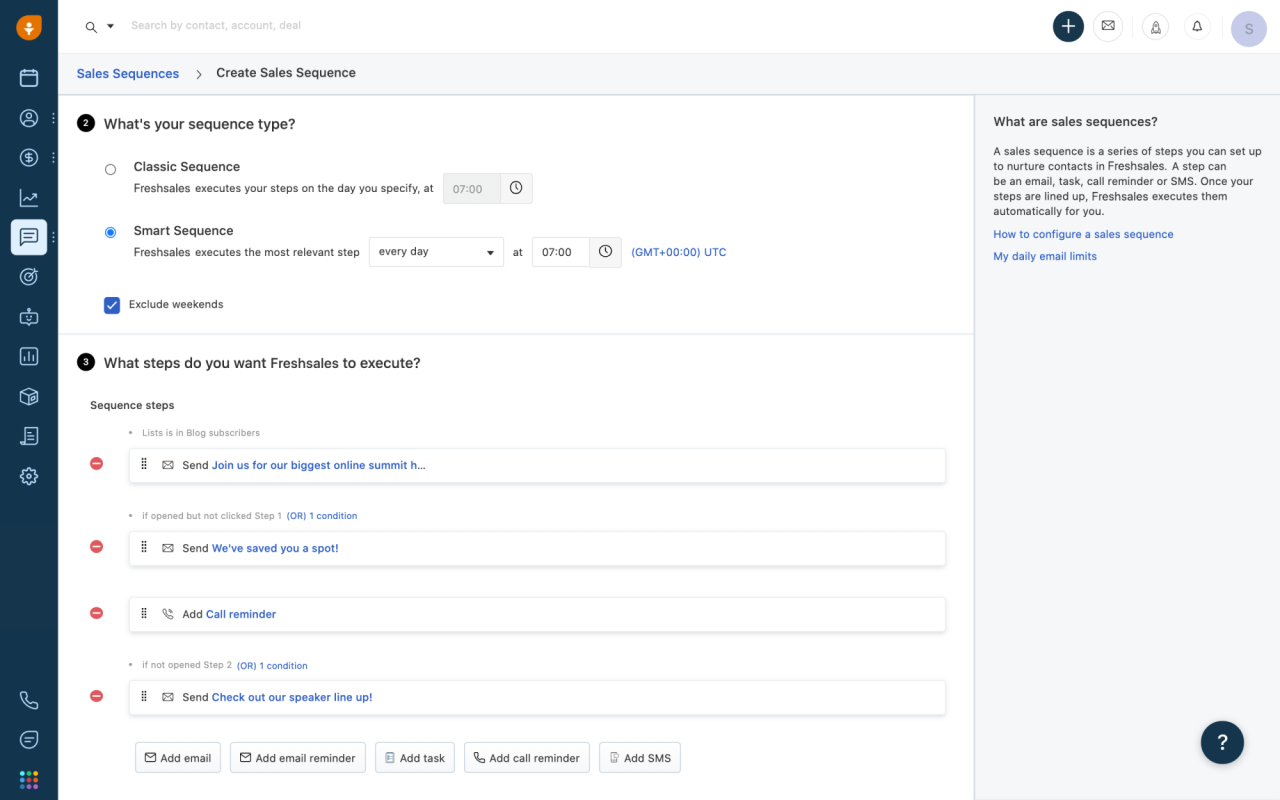
Integrating CRM and email systems significantly boosts efficiency and effectiveness across sales and marketing teams. By streamlining communication and automating processes, businesses can optimize resource allocation, improve data analysis, and ultimately drive revenue growth. This integration fosters a more unified and data-driven approach to customer engagement.The synergistic effect of CRM email integration leads to demonstrable improvements across several key areas.
Sales teams benefit from enhanced productivity, marketing campaigns achieve better results, and overall customer relationships are strengthened. This translates into a higher return on investment (ROI) for both sales and marketing efforts.
Improved Sales Team Productivity
Effective CRM email integration directly translates into increased sales team productivity. Sales representatives gain access to a centralized repository of customer information, enabling them to personalize interactions and respond more quickly to inquiries. Automation features, such as automated email sequences for follow-ups and reminders, free up valuable time for more strategic activities, like prospecting and closing deals. For instance, a sales team using an integrated system might see a 20% reduction in time spent on administrative tasks, allowing them to focus on 20% more client interactions.
This increase in efficiency leads to a measurable increase in closed deals.
Enhanced Lead Nurturing and Customer Relationship Management
CRM email integration provides the infrastructure for sophisticated lead nurturing campaigns. Automated email sequences, triggered by specific customer actions or milestones, deliver personalized content at the optimal time. This targeted approach improves lead conversion rates and fosters stronger customer relationships. For example, a welcome email series automatically sent after a lead signs up for a newsletter can significantly increase engagement and brand loyalty.
Furthermore, the integration allows for seamless tracking of customer interactions across all channels, providing valuable insights into customer preferences and behaviors. This allows for a more personalized and effective approach to customer relationship management.
Improved Marketing Campaign Performance
The integration of CRM and email marketing enhances the effectiveness of marketing campaigns by enabling precise targeting, personalized messaging, and detailed performance tracking. This allows marketers to optimize their strategies based on real-time data and achieve better results.
- Increased Open Rates: Personalized subject lines and targeted content lead to significantly higher open rates compared to generic email blasts. A well-executed campaign might see a 15-20% increase in open rates.
- Higher Click-Through Rates (CTR): Relevant and engaging content, delivered to the right audience at the right time, boosts click-through rates. A properly segmented campaign could achieve a 30-40% increase in CTR.
- Improved Conversion Rates: By nurturing leads effectively and providing personalized experiences, conversion rates are significantly improved. This could translate to a 10-20% increase in conversions.
- Enhanced ROI: The combination of increased engagement and conversions directly translates into a better return on investment for marketing campaigns. A successful integrated campaign could demonstrate a 25% or higher ROI increase compared to traditional methods.
Security and Data Privacy Considerations: Best Crm Email Integration
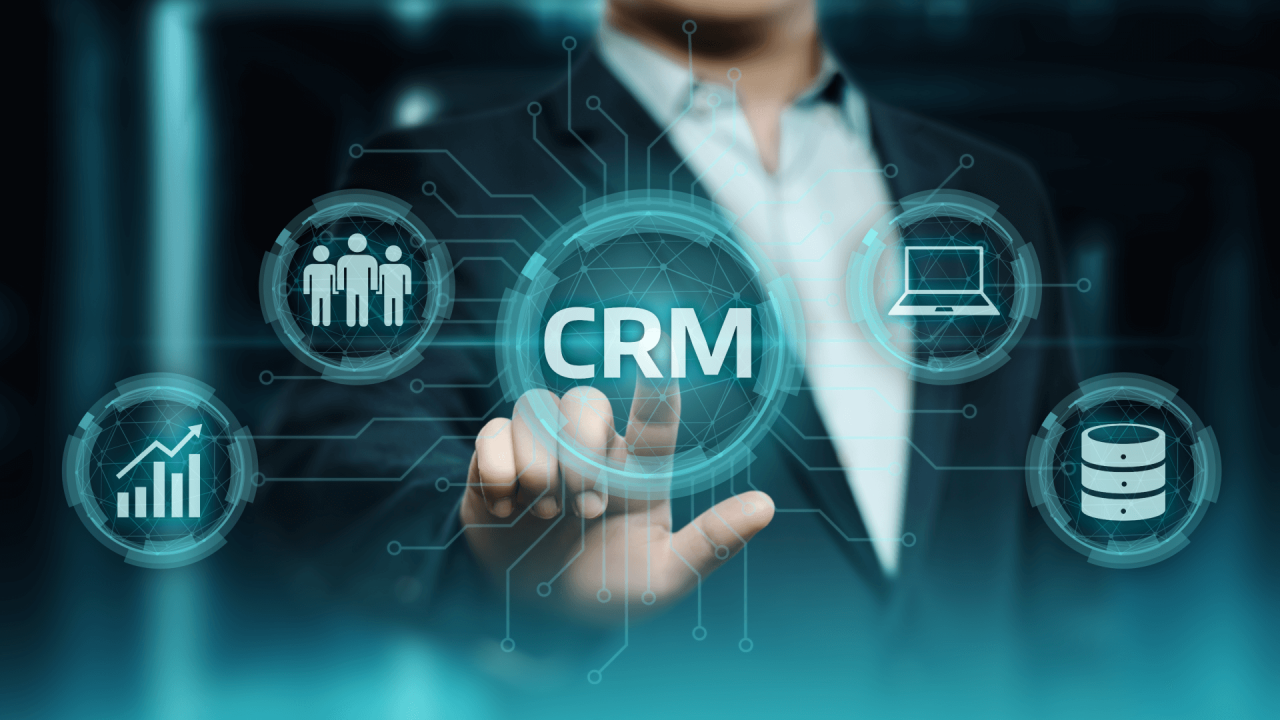
Integrating your CRM with your email platform offers significant advantages, but it also introduces potential security vulnerabilities and data privacy concerns. A robust security strategy is crucial to protect sensitive customer information and maintain compliance with relevant regulations. Failure to address these issues can lead to data breaches, reputational damage, and hefty fines.Integrating CRM and email systems creates a single point of access for potentially sensitive data.
This centralization, while beneficial for efficiency, increases the risk of unauthorized access or data leakage if not properly secured. For example, a successful phishing attack targeting an employee with access to the integrated system could compromise both email and CRM data.
Potential Security Risks and Mitigation Strategies
Security risks associated with CRM email integration are multifaceted. They include unauthorized access, data breaches, malware infections, and phishing attacks. Mitigation involves a multi-layered approach encompassing technical, administrative, and physical security measures. For example, implementing strong password policies, multi-factor authentication (MFA), and regular security audits can significantly reduce the likelihood of unauthorized access. Employing robust anti-malware and anti-phishing software, coupled with regular employee security training, further enhances the overall security posture.
Data encryption, both in transit and at rest, is essential to protect data confidentiality even in the event of a breach. Regular vulnerability assessments and penetration testing can identify and address potential weaknesses before they can be exploited.
Data Privacy Compliance
Data privacy compliance is paramount when using CRM email integrations. Regulations like GDPR (General Data Protection Regulation) and CCPA (California Consumer Privacy Act) impose strict requirements on how businesses collect, store, process, and protect personal data. Non-compliance can result in severe penalties. To ensure compliance, businesses must implement data minimization practices, obtain explicit consent for data collection, and provide users with clear and accessible information about their data rights.
Regular data privacy impact assessments (DPIAs) should be conducted to identify and mitigate potential risks to data privacy. Furthermore, businesses should maintain detailed records of data processing activities to demonstrate compliance with auditing requirements. A designated data protection officer (DPO) can assist in navigating the complexities of data privacy regulations.
Security Best Practices Checklist for CRM Email Integrations, Best crm email integration
Implementing a comprehensive security strategy requires careful planning and execution. The following checklist highlights key best practices:
- Implement strong password policies and multi-factor authentication (MFA).
- Regularly update and patch CRM and email software to address known vulnerabilities.
- Use robust anti-malware and anti-phishing software.
- Encrypt data both in transit and at rest.
- Conduct regular security audits and penetration testing.
- Implement access control measures to restrict access to sensitive data based on the principle of least privilege.
- Develop and implement incident response plans to address security breaches effectively.
- Provide regular security awareness training to employees.
- Comply with all relevant data privacy regulations (e.g., GDPR, CCPA).
- Maintain detailed records of data processing activities.
Future Trends in CRM Email Integration
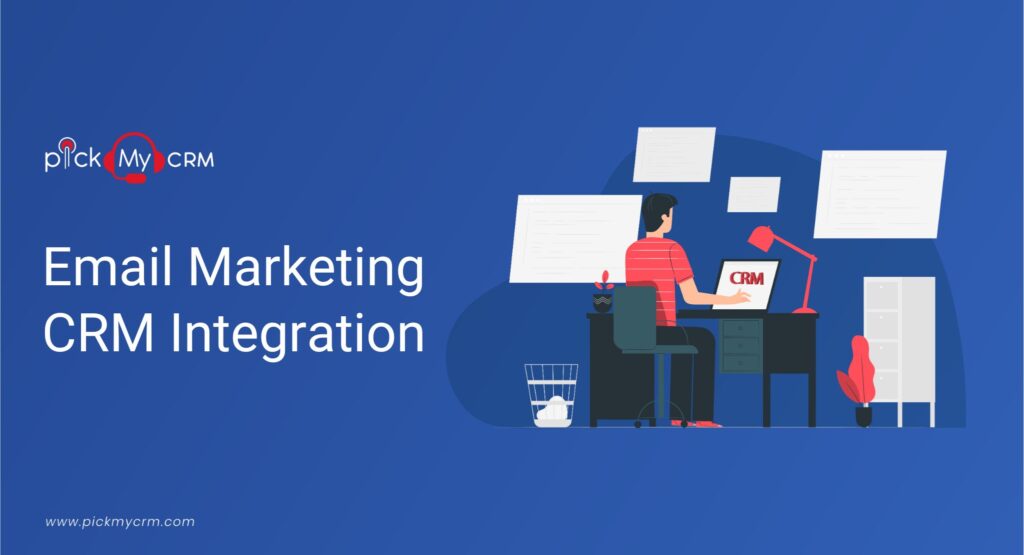
The landscape of CRM email integration is poised for significant transformation, driven by advancements in artificial intelligence and a growing emphasis on personalized customer experiences. We can expect to see a blurring of lines between email platforms and CRM systems, leading to more seamless and intelligent workflows. This evolution will fundamentally alter how businesses manage customer communications and leverage data for improved sales and marketing outcomes.The convergence of CRM and email technologies will be increasingly shaped by the adoption of AI and machine learning.
These technologies are not simply add-ons; they are reshaping the core functionality of these systems, creating a new paradigm for efficiency and personalization. This shift will require businesses to adapt their strategies and invest in training to fully utilize the potential of these integrated, intelligent systems.
AI-Powered Email Personalization and Automation
AI and machine learning are revolutionizing email marketing by enabling highly personalized campaigns at scale. Algorithms can analyze customer data from the CRM to predict preferences, segment audiences effectively, and dynamically tailor email content. For example, an e-commerce business could use AI to automatically suggest products based on a customer’s browsing history and past purchases, sending personalized product recommendations via email.
This level of personalization increases engagement and conversion rates, significantly improving marketing ROI. Beyond simple recommendations, AI can optimize send times, subject lines, and even the email’s overall design based on past performance and predicted responses.
Predictive Analytics for Enhanced Sales Forecasting
Integrating CRM and email data allows for the development of sophisticated predictive models. By analyzing email engagement metrics (open rates, click-through rates, etc.) alongside CRM data (sales history, customer demographics, etc.), businesses can predict future sales with greater accuracy. This predictive capability enables proactive sales strategies, allowing businesses to anticipate customer needs and tailor their outreach accordingly. Imagine a sales team receiving alerts about customers likely to churn based on declining email engagement and purchase history – allowing them to intervene and retain those customers.
This proactive approach is crucial in today’s competitive landscape.
Improved Security and Data Privacy Measures
With increasing concerns about data privacy and security, future CRM email integrations will place a greater emphasis on robust security protocols. This includes enhanced encryption, advanced threat detection, and compliance with evolving data privacy regulations like GDPR and CCPA. Businesses will need to prioritize solutions that offer transparent data handling practices and provide users with greater control over their data.
The focus will shift from simply integrating systems to integrating systems securely and responsibly. This might involve adopting blockchain technology for enhanced data security and traceability.
Enhanced Collaboration and Workflow Automation
Future integrations will streamline workflows by automating repetitive tasks, such as lead assignment and follow-up emails. This allows sales and marketing teams to focus on higher-value activities, leading to increased productivity and efficiency. Real-time data synchronization between the CRM and email platform ensures everyone is working with the most up-to-date information. For instance, a sales representative could see a customer’s entire email history within the CRM, providing complete context for each interaction.
This seamless data flow eliminates the need for manual data entry and reduces the risk of human error.
Preparing for Future Trends in CRM Email Integration
Businesses need to adopt a proactive approach to prepare for these advancements. This includes investing in employee training on new technologies, exploring AI-powered CRM and email solutions, and prioritizing data security and privacy. Regularly reviewing and updating CRM and email integration strategies is crucial to ensure the business remains competitive and adaptable to the evolving technological landscape. A strategic partnership with a technology provider specializing in CRM and email integration can provide valuable guidance and support during this transition.
Closure
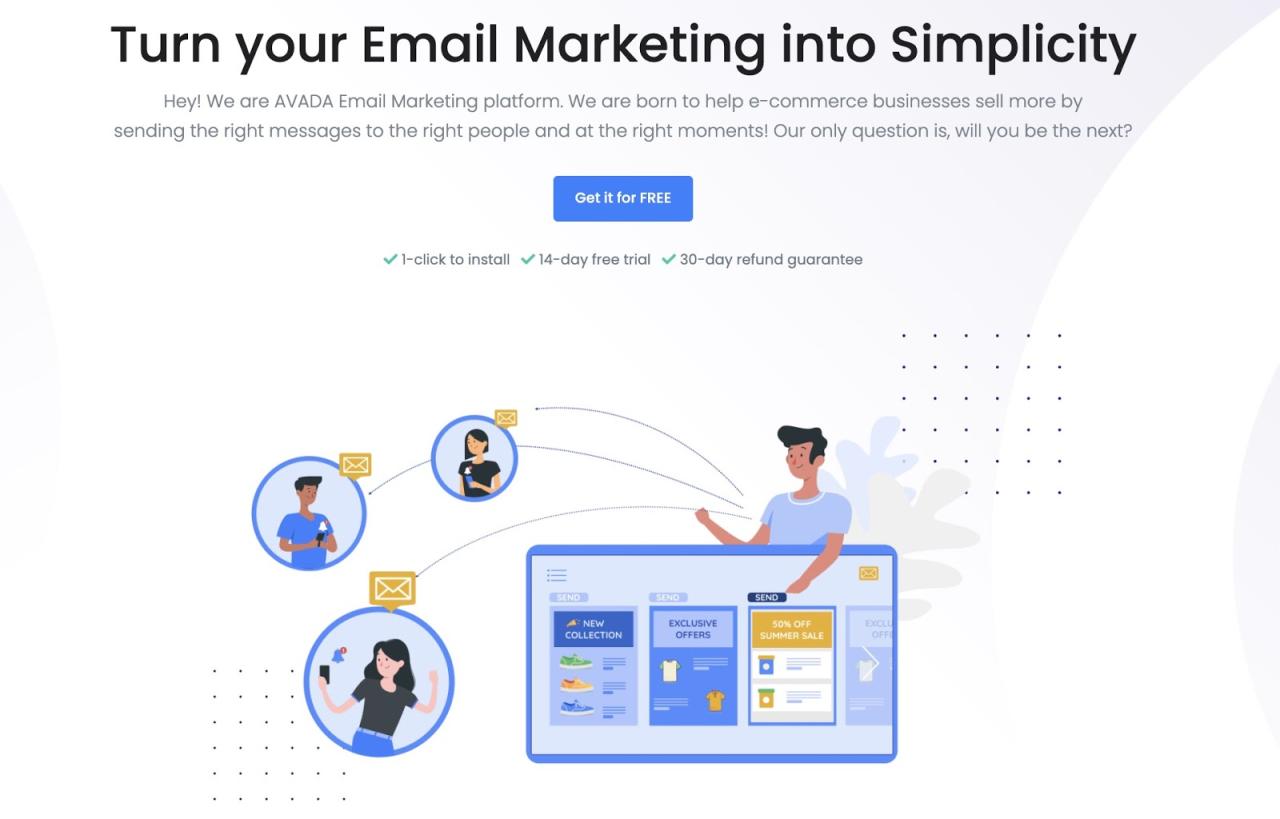
Implementing the best CRM email integration is a strategic move that significantly enhances your business’s operational efficiency and customer relationship management. By carefully considering the factors discussed – from selecting the right platform and integration method to prioritizing security and data privacy – businesses can unlock the full potential of integrated email marketing and sales processes. The benefits extend far beyond streamlined communication; they encompass improved sales productivity, enhanced lead nurturing, and ultimately, increased revenue.
Embrace the future of CRM email integration and prepare for the transformative impact of emerging technologies.
Expert Answers
What are the common pitfalls to avoid when integrating CRM and email?
Common pitfalls include insufficient data mapping, neglecting data security, poor user training, and lack of integration testing before full deployment.
How can I measure the ROI of my CRM email integration?
Track key metrics such as increased sales conversion rates, improved lead nurturing success rates, enhanced customer retention, and reduced marketing costs.
Is it possible to integrate my existing email marketing platform with a new CRM?
Yes, many CRMs offer integrations with popular email marketing platforms through APIs or third-party apps. The feasibility depends on the specific platforms involved.
What are the compliance requirements for data privacy in CRM email integration?
Compliance varies by region but generally involves obtaining consent for email marketing, providing clear opt-out options, and adhering to data protection regulations like GDPR or CCPA.

